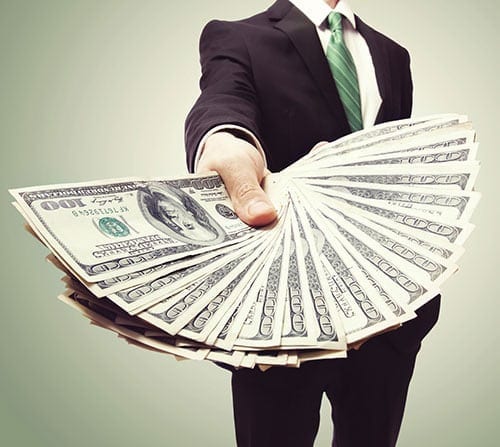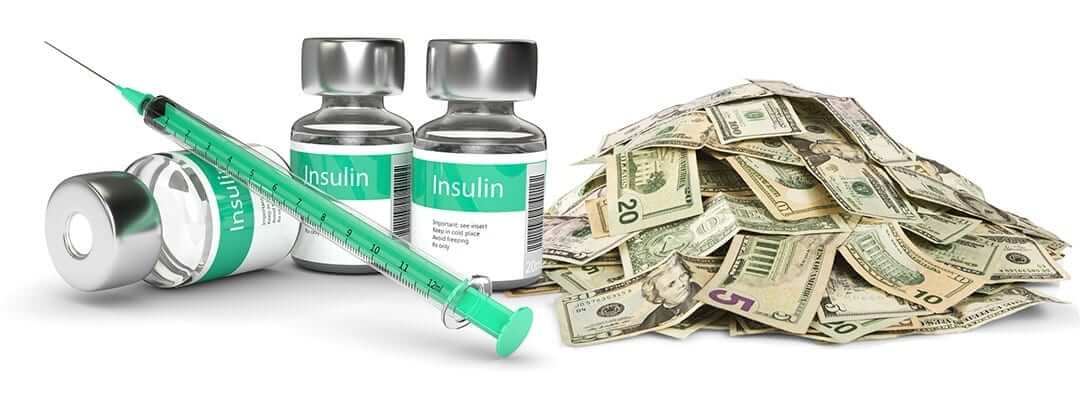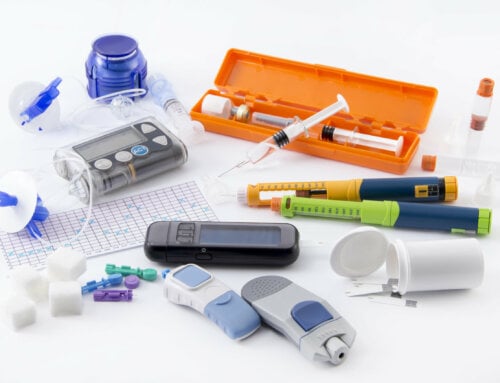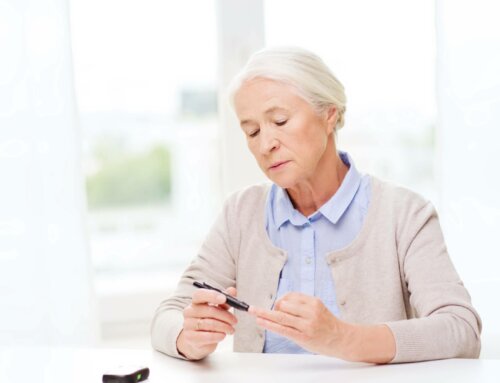Recently, during diabetes management counseling sessions, I taught several patients with type 1 or 2 diabetes about the cost of insulin. They were having trouble affording their daily insulin injections even with health insurance. According to a Bloomberg news report “5 of the 27 branded drugs were diabetes drugs, which climbed at least 20% in cost in the past year.” A study in JAMA (Journal of The American Medical Association) states, “insulin prices have tripled from 2002-2013.”
History of Insulin:
- 1921 – Frederick Banting and Charles Best did an experiment using a dog’s pancreas and discovered insulin.
- 1923 – Nearly a century ago, “a trio of scientists in Canada” sold the patent rights to the University of Toronto for $3.oo.
- 1923 – Near the end of 1923, Eli Lilly was brought on to mass produce insulin in America. This lead to the commercialization of insulin. Insulin was made from beef and pork and many people developed allergies and intolerances to the insulin.
- 1978 – Human insulin was produced by using recombinant DNA technology which reduced the problems individuals suffered from insulin associated with pork and beef insulin.
- 2014 – Insulin became a $24 billion dollar global industry.
Some Additional Insulin Facts:
- There are over 1.5 million Americans who have type 1 diabetes and need daily shots of exogenous insulin to live. There are millions of Americans with type 2 diabetes who require 1-5 shots of daily insulin to manage their diabetes.
- There are only 3 US companies currently producing insulin: Eli Lilly, Novo-Nordisk and Sanofi. Yet there is little competitive pricing going on between them. The United States does not currently regulate the pricing of prescription drugs in a traditional way.
- According to Dr. Hirsch, whom is an endocrinologist, a person with diabetes, a professor from the University of Washington and a strong advocate for patients with diabetes (especially in the lower socio-economic groups states), “The same vial of insulin that sold for $24.00 in 1996 now costs from $260.00-$320.00 per vial.”
- Over the last 5 years, specific insulin brands have gone up in price by over 160%. This includes R insulin which is an older insulin made by Eli Lilly, Levemir insulin basal made by Novo-Nordisk and Lantus insulin basal made by Sanofi.
So Why The Price Change?
One reason for higher pricing on these insulins are because of “an annual tax on brand name pharmaceutical companies. This exempts generic drugs and was started in 2012 as part of the ACA (Affordable Care Act). It originated as a $ 28 billion tax in 2012 and will grow to $40 billion in 2018 if left in place.
The drug companies Eli Lilly, Novo-Nordisk and Sanofi have Drug Savings Cards in place which allow patients who are qualified to decrease 30-day insulin supplies to $25.00 a month depending on the insulin.

Costs also remain high since drug companies are “a for profit industry” and need to bring in funds to build, market and continue with research and development of new medications and therapies. They need to attract scientists with exceptional talent and knowledge.
How Can I Afford My Insulin?
Co-pays for insulin or out of pocket cost to some individuals are quite manageable while other’s have unaffordable co-pays. If you have difficulty paying your co-pay then talk to your health care provider who may prescribe a different type of insulin or provide samples from the office. Older insulins including Novolin or Humulin R or NPH are human insulin which may be able to be prescribed instead. They do not provide the flexibility of Novolog or Humolog which are analog insulins but are much more affordable.
The under-insured and uninsured are the most impacted groups when it comes to insulin/drug pricing. They are responsible for the “sticker price” or average wholesale price since no one has negotiated on their behalf. They are not part of a group.
The Cost of Insulin – a Silver Lining
The good news: The drug companies now have plans in place to make insulin more accessible and more affordable.
Eli Lilly: 1-800-545-6962, can help with Humolog, Humulin and Humalog mix to those who qualify.
Novo-Nordisk: 1-866-310-7549, can help with Levemir, Novolog, Novolog 70/30 mix, and Novolin to those who qualify.
Sanofi: 1-888-847-4877, offers free or discounted Apidra, Lantus or Toujeo in a savings card to those who are eligible.
Please always consult with your physician if you can’t afford your insulin. Do not stop taking insulin or change the dosage without guidance from your health care provider. They will always work with you and make the best recommendations.
Insulin has become more expensive but there are ways to deal with it. This is a difficult and delicate situation since insulin is not a luxury but a necessity. Change will hopefully come soon with biosimilar insulins close to approval. We must insist that patients have proper access to insulin and all the medications they need for a better quality of life.
NOTE: Consult your Doctor first to make sure my recommendations fit your special health needs.







The name of the game is “Greed” always has and I guess always will.
Thanks ADW and others for fighting for and helping people with Diabetes.
Hope biosimilar insulins will be cheap and work just as well as the branded one
I hold that the time frame of the ‘tripling’ of prices is too great. My Ely-Lily U-500 Humulin has more than tripled in price in the time since passage of the ACA. Current cost is just under $1500.00 per 20 mL vial. I require two vials per month. My co-pay is just under $300.00 per vial. Just prior to the ACA my total cost was just under $350.00 per 20 mL vial with my co-pay less than $70.00. Thank you Mr. Obama, Ms. Pelosi, Mr. Reid etc. for all your ‘back-room’ deals with the pharmaceutical companies!